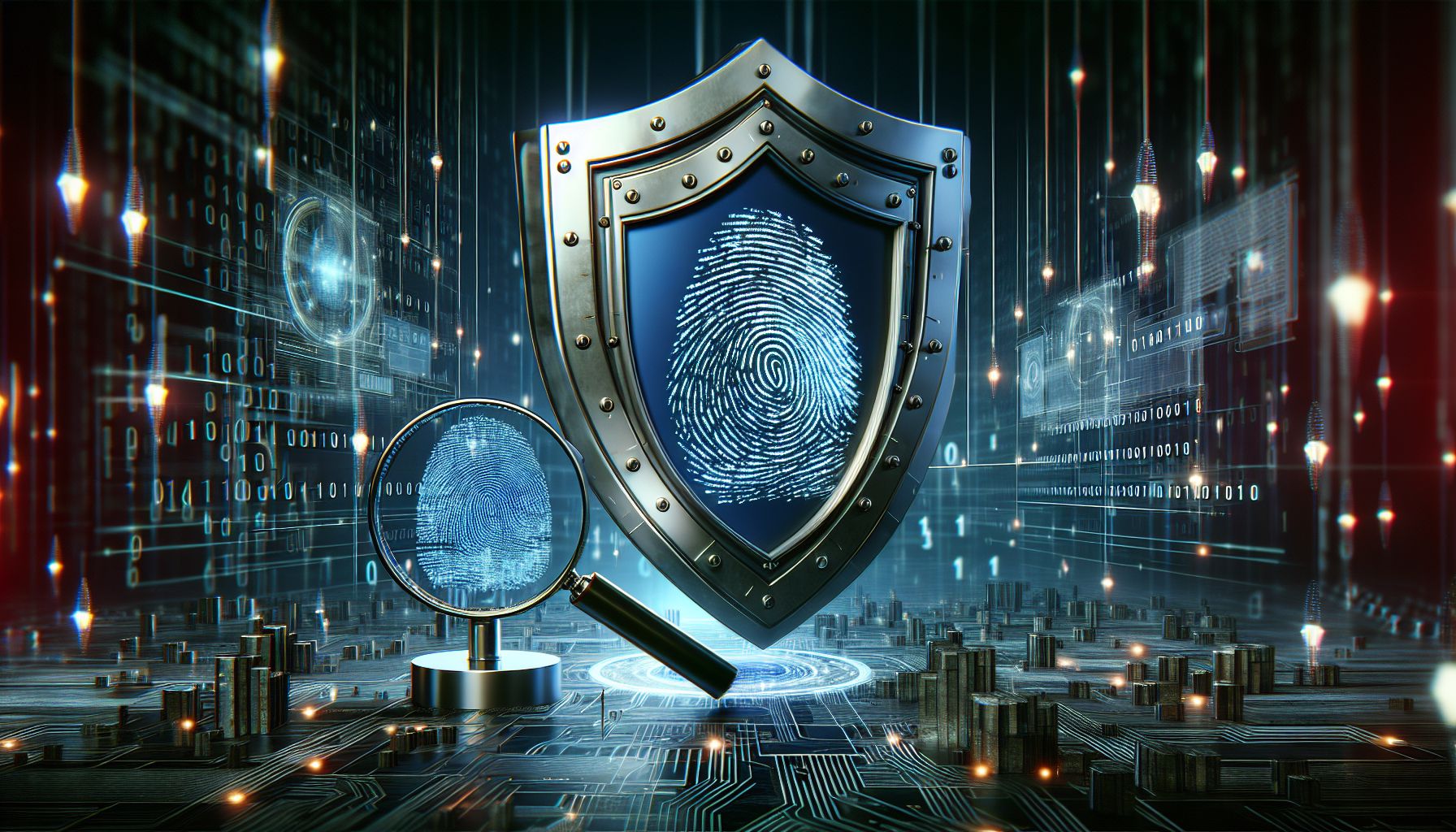In today’s digital age, where most of our personal and professional lives are stored and managed online, cyber security and computer forensics have become critical components in protecting our digital assets. As technical professionals, it’s important to have a deep understanding of these concepts to safeguard our systems and data from cyber threats. In this article, we will delve into the world of cyber security and computer forensics and explore how they work hand in hand to keep our digital world secure.
Understanding Cyber Security
Cyber security is the practice of protecting computers, servers, mobile devices, electronic systems, networks, and data from malicious attacks. These attacks can come in various forms, including malware, ransomware, phishing, and denial of service attacks. Cyber security professionals use a combination of tools, techniques, and best practices to prevent, detect, and respond to these threats.
One of the key principles of cyber security is the concept of defense in depth, which involves implementing multiple layers of security controls to protect against different types of attacks. These layers can include firewalls, antivirus software, intrusion detection systems, encryption, access control mechanisms, and security awareness training for employees.
The Role of Computer Forensics
Computer forensics is the process of investigating and analyzing digital information in a forensically sound manner to determine what happened during a cyber security incident. This can involve collecting and preserving evidence, conducting forensic analysis, and presenting findings in court if necessary. Computer forensics professionals use a variety of tools and techniques to uncover the truth behind cyber security incidents and help organizations improve their security posture.
How Cyber Security and Computer Forensics Work Together
Cyber security and computer forensics go hand in hand to protect organizations from cyber threats. When a security incident occurs, cyber security professionals work to contain and mitigate the threat, while computer forensics professionals gather evidence and analyze the attack to determine how it happened and who was responsible. By working together, these two disciplines can help organizations not only respond to incidents but also prevent them from happening in the future.
Best Practices for Cyber Security and Computer Forensics
To effectively protect your digital assets, it’s important to follow best practices in both cyber security and computer forensics. Some key practices include:
- Regularly updating your software and systems to patch known vulnerabilities
- Implementing strong access controls and encryption to protect sensitive data
- Monitoring your networks for signs of unusual activity that could indicate a security breach
- Conducting regular security assessments and audits to identify and address potential weaknesses
- Training employees on security best practices and how to recognize and report suspicious activity
By following these best practices, you can strengthen your organization’s cyber security defenses and be better prepared to respond to incidents when they occur.
Conclusion
Cyber security and computer forensics are essential disciplines for protecting our digital world from cyber threats. By understanding how these two fields work together and following best practices, technical professionals can help safeguard their systems and data from malicious actors. Remember, the key to effective cyber security is to be proactive, vigilant, and prepared for any potential threats that may come your way. Stay safe, and keep your digital world secure.




